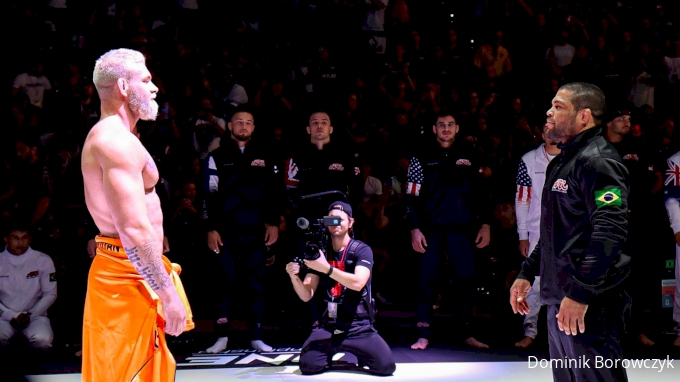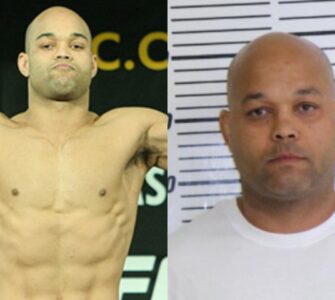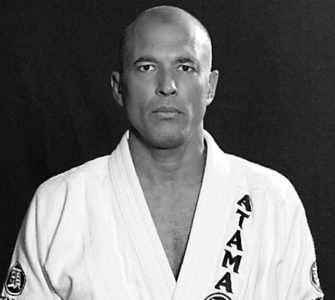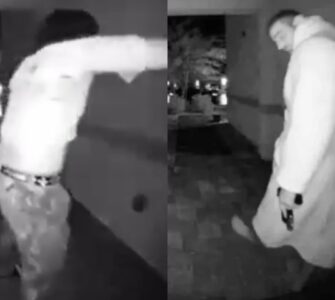Identifying fear in your Jiu-Jitsu opponent can be subtle, and according to John Danaher, it’s more about reading body language than facial expressions. Here are some insights on how to tell if your opponent is scared:
Look Beyond the Face
Avoid judging an opponent’s emotional state based on facial expressions alone. Danaher notes, “when you go to judge confidence, don’t look at the face, look at the extremities of the body… that’s where the truth comes out.”
Body Language is Key
Pay attention to the opponent’s body language, particularly the extremities like hands and feet. Danaher advises, “the further from the face, the more honest the body becomes.”
Relaxed Extremities Indicate Confidence
An opponent who appears tense or hesitant in their movements, especially in their extremities, might be experiencing fear. Conversely, relaxed hands and feet often suggest confidence.
Tunnel Vision as a Sign of Fear
An opponent focused solely on one strategy or move might be experiencing tunnel vision, often associated with nervousness or fear, as they may overlook other, more effective options.
Responding to Pressure
Observe how your opponent reacts under pressure. An opponent who is scared might make hasty decisions, overcommit to techniques, or avoid engagement.
Changes in Breathing or Pace
Rapid or irregular breathing, along with sudden changes in movement pace, can be indicators of nervousness or fear.
In a conversation with Lex Fridman, celebrated BJJ coach John Danaher, shared valuable insights on identifying fear in opponents:



















